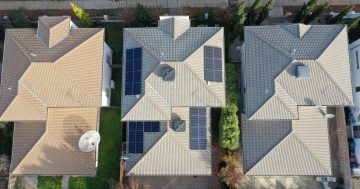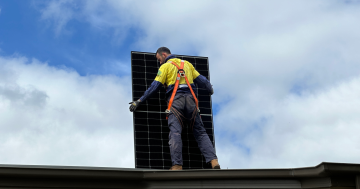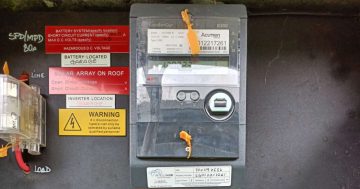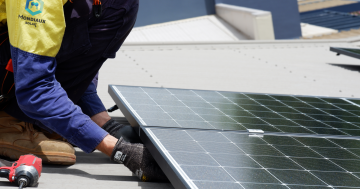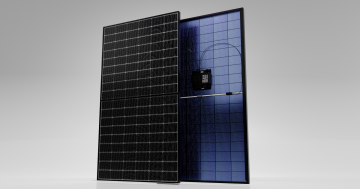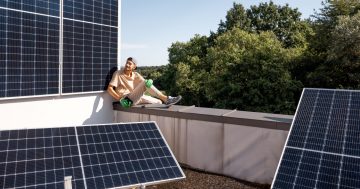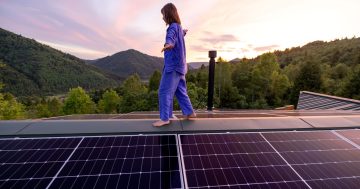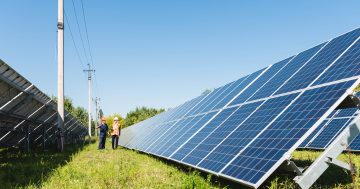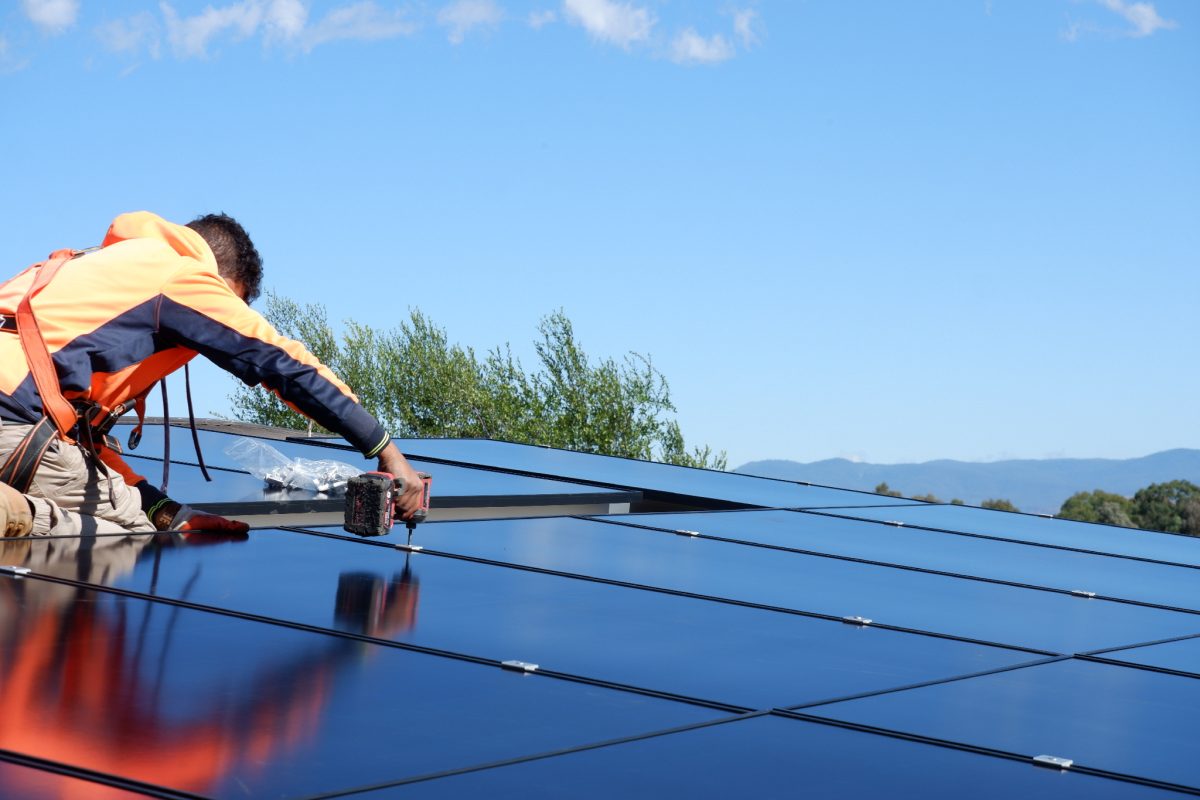
Few people in the ACT have cottoned on to Purchase Power Agreements, which present a win-win-win solar power scenario. Photo: Mondiaux Solar.
A little-known arrangement in the world of solar systems is offering ‘win-win-win’ scenarios for tenants, landlords and providers, with zero upfront outlay and no risk for customers.
A Purchase Power Agreement (PPA) may sound too good to be true, but experts say it is a genuinely good scheme.
While traditionally, a customer switching to solar will purchase a system and the provider will simply do the installation, under a PPA, the customer rents their roof space to the provider who installs the system at their own cost and retains ownership of that system. The provider then sells the electricity generated by the system to the tenant, landlord or property owner at a discounted rate. The provider is responsible for maintenance during the agreement period.
PPA contracts typically last 10 to 15 years, at which point customers can extend their contracts, purchase the system (which they can also do at any point during the contract) or terminate the contract.
Mondiaux Solar’s Howard Lian says there’s no downside for customers, but multiple benefits.
“The electricity the customer purchases from us is at a significantly lower rate compared to their electricity retailer – usually about 20 per cent lower. So if they’re paying 30 cents per kilowatt, they would only pay us roughly 24 cents,” he says.
“The customer pays nothing upfront for the system, the installation and the maintenance, which means after the installation, customers are guaranteed the system will work for that period. After all, it would be a waste of time and money for the providers if they didn’t keep the system performing.
“The energy produced is clean and renewable, so not only is the customer lowering their carbon footprint, but they may benefit from additional savings if they’re eligible for government incentives, like the ACT Renewal Energy Improvement Scheme.”
Presently, few solar providers in the ACT offer PPAs. As a relatively new arrangement, Howard says it boils down to a lack of awareness, understanding and perhaps confidence among providers.
“Solar system installers are generally electricians: they want to come to a site, do a job and collect payment. Under a PPA, they would have to foot the bill upfront and accept all the risks,” he says.
“We’ve been in solar since 2016, and we have more than 2000 clients in the ACT, so we’re confident we can maintain our systems. It can be a win-win-win for us, tenants and landlords.
“Landlords and building owners don’t need to do a thing; they simply lend to us that which is sitting available anyway, tenants can get lower electricity bills and we collect what they would normally pay to the electricity providers, minus the discount.
“If we happen to export any excess power to the grid, and there’s a feed-in tariff (credit) from the electricity provider, we give this to the customer.
“We also donate a percentage of what we collect to charities and not-for-profits like the RSPCA, so our community sector can share in the benefits as well.”
Discounts are fixed under a PPA and reassessed yearly – so if your electricity costs go up, your savings increase accordingly.
Over time, the savings can really add up, especially for commercial premises with high solar power consumption rates.
Figures vary, but it is suggested that Australian small businesses pay averages between $700 and $1400 a month for their electricity – and costs are on the rise.
That represents an annual saving of up to $3360 a year, or $33,600 over the life of the PPA.
“A saving of 6 cents per kWh might not seem like a big difference, but in terms of dollar value, it’s huge,” Howard says.
“One of our client’s bills was about $1500 per month, now it’s $1000. So essentially, they’ve saved themselves $500 a month for 10 years – or $60,000 – for doing nothing at all.”
It’s important to note that under a PPA, you will still need your regular electricity provider to cover any electricity needs outside of daylight hours when solar systems power down.
In other words, PPA clients will, in effect, have two providers.
“Residential customers are generally willing to pay upfront for their solar systems, so PPAs are best suited to commercial clients, and we aim to meet 70 per cent of a commercial tenant’s consumption with a solar system,” Howard says.
For more information about Purchase Power Agreements, speak to the experts at Mondiaux Solar.
